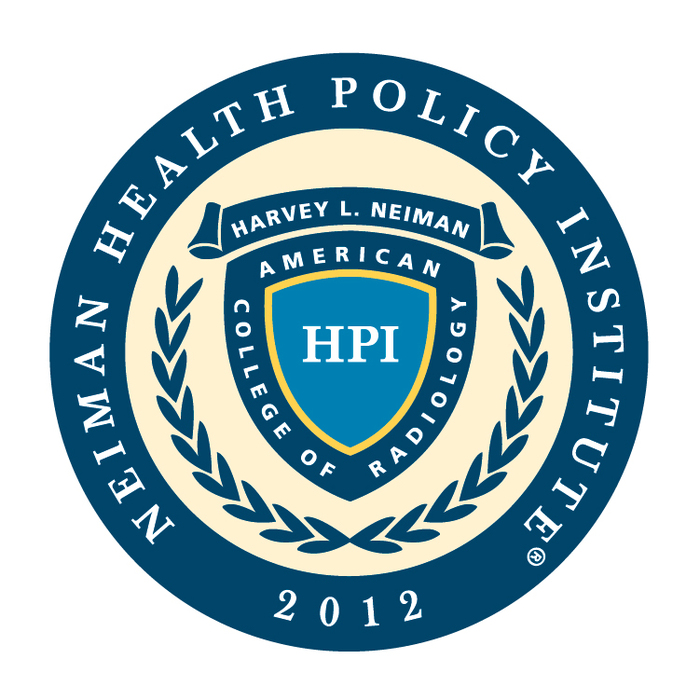Newswise — Reston, VA – A new Harvey L. Neiman Health Policy Institute study found that between 2012 and 2019, neuroimaging utilization increased 250% for computed tomography angiography (CTA), 428% for CT perfusion (CTP), and 18% for magnetic resonance (MRI) while decreasing 33% for MR angiography (MRA). Patients imaged with CTA or CTP were more likely to be treated with endovascular thrombectomy (EVT) or intravenous thrombolysis (IVT). This Journal of the American College of Radiology study was based on a nationally representative sample of Medicare beneficiaries who were aged 65+, with 85,547 ischemic stroke episodes between 2012 and 2019.
In explaining the substantial increases in CTA and CTP neuroimaging utilization, Jason Wang, PhD, first author and associate professor at the Donald and Barbara Zucker School of Medicine at Hofstra/Northwell stated: “Several landmark clinical trials, which ended in 2015 and 2016, showed significant benefits of EVT in stroke treatment that led to substantial growth of EVT in clinical practice after 2015. Neuroimaging is crucial to determining which patients are candidates for EVT, so these trends were not unexpectedly parallel.”
“The large increases in CTA and CTP compared to MRI and MRA may be ascribed to the wide availability and ease-of-access to CT scanners in emergency departments” said senior author Pina C. Sanelli, MD, MPH, FACR, Professor at the Donald and Barbara Zucker School of Medicine at Hofstra/Northwell. “Also, the decline in MRA use may represent appropriate avoidance of duplicative studies as CTA provides similar information and has a higher sensitivity and specificity for detection of large artery stenosis and occlusion compared to MRA.”
“We found that CT-based imaging was not uniform across all sociodemographic groups. CTA and CTP utilization were lower in older (≥80 years), female, and Black patients” stated Casey Pelzl, Neiman Institute Biostatistician. “Strikingly, we found that rural patients had significantly lower neuroimaging utilization than their urban counterparts, with the gap increasing over time.”
“The observed disparities are challenging as marginalized populations are more likely to seek care at low-volume hospitals” said Elizabeth Rula, PhD, Executive Director of the Neiman Institute. “Many rural hospitals lack the angiographic equipment and personnel necessary to perform EVT procedures and transfer may not be possible within the treatment window for performing this procedure, in which case CTA and CTP may be used less often.”
This study was conducted in collaboration between the Feinstein Institutes for Medical Research and the Neiman Health Policy Institute. The study was funded by a National Institutes of Health grant.
